Home>Renovation & DIY>Tools & Equipment>What Color Streak Would Real Gold Leave On Sandpaper
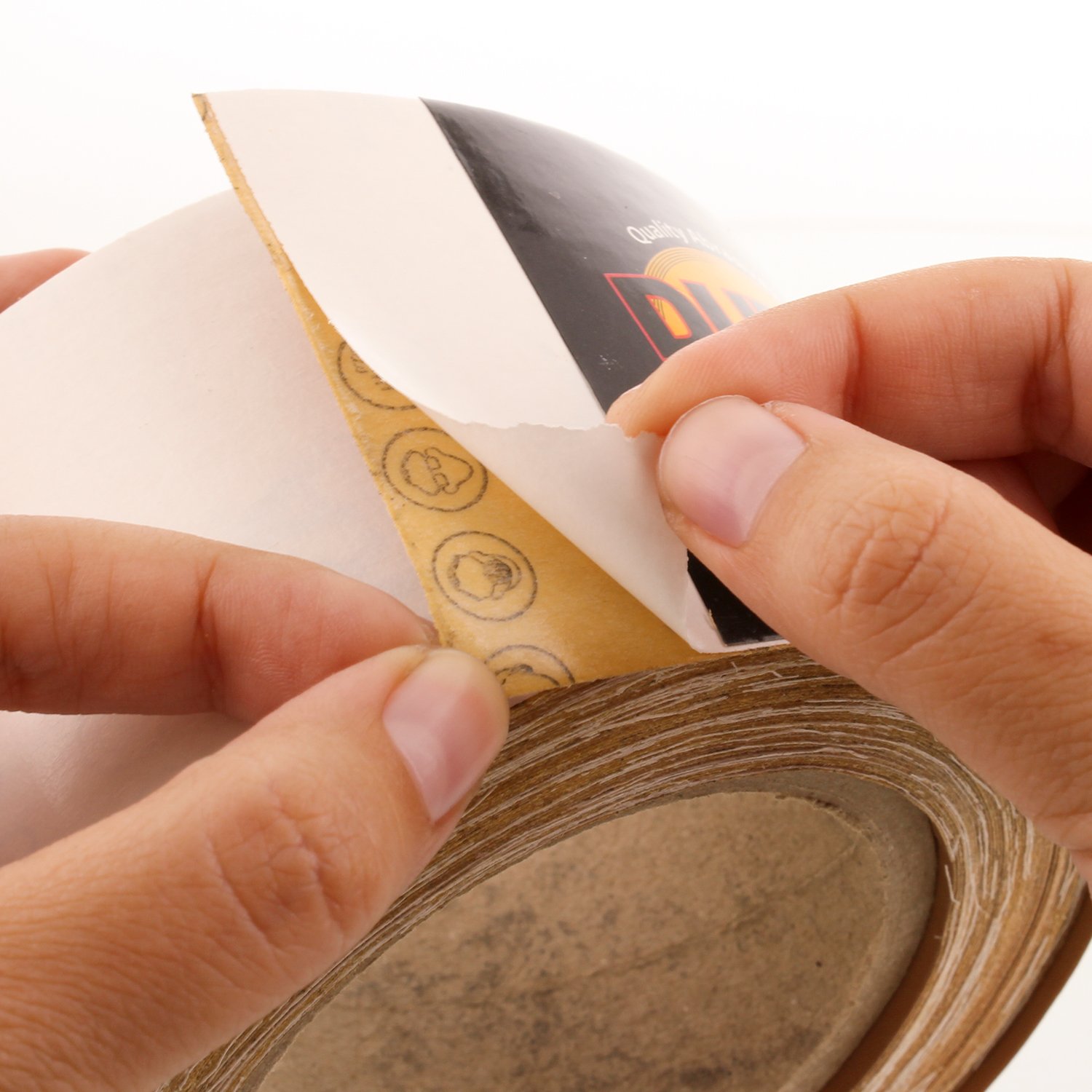

Tools & Equipment
What Color Streak Would Real Gold Leave On Sandpaper
Published: December 20, 2023
Discover the impact of real gold on sandpaper and its color streak. Explore more about tools and equipment to enhance your knowledge.
(Many of the links in this article redirect to a specific reviewed product. Your purchase of these products through affiliate links helps to generate commission for Storables.com, at no extra cost. Learn more)
Introduction
Welcome to the intriguing world of materials science, where we explore the fascinating properties of gold and sandpaper. In this article, we embark on an experimental journey to uncover the potential color streak that real gold would leave on sandpaper. Gold, a precious metal revered for its lustrous beauty and durability, has captivated human imagination for millennia. Sandpaper, on the other hand, is a utilitarian tool designed to abrade and smooth various surfaces. By delving into the interaction between these two materials, we aim to unveil a unique aspect of their behavior.
With its rich history and cultural significance, gold has been revered for its rarity and aesthetic appeal. It has been used in jewelry, currency, and decorative arts, symbolizing wealth, prestige, and permanence. On the contrary, sandpaper is a humble yet indispensable tool in various industries, enabling craftsmen and artisans to refine and polish their creations. By bringing these two disparate materials together, we seek to unravel the potential visual impact of their interaction.
Through a carefully designed experiment, we aim to shed light on the hypothetical color streak that real gold would leave on sandpaper. By understanding the properties of gold and sandpaper, we can delve into the intricacies of their interaction and the potential implications of our findings. Join us on this scientific exploration as we uncover the hidden secrets of these seemingly ordinary materials.
Key Takeaways:
- Real gold leaves subtle warm color streaks on sandpaper, showcasing its unique visual impact and the dynamic interplay between materials.
- The experiment uncovers the artistic and scientific dimensions of material interaction, inspiring innovative approaches to surface aesthetics and material manipulation.
Read more: How To Not Leave Streaks On Glass
Properties of Gold
Gold, with its mesmerizing luster and enduring allure, possesses a remarkable set of properties that have made it a coveted material throughout history. Let’s delve into the key characteristics that define this precious metal:
- Malleability and Ductility: Gold is renowned for its exceptional malleability and ductility, allowing it to be hammered into intricate shapes and drawn into thin wires without breaking. This property enables artisans to craft delicate jewelry and ornate artifacts with unparalleled precision.
- Corrosion Resistance: Unlike many other metals, gold is highly resistant to corrosion, tarnish, and rust. This innate durability ensures that gold maintains its radiant sheen over time, making it an ideal choice for heirloom pieces and long-lasting investments.
- Conductivity: Gold exhibits excellent thermal and electrical conductivity, making it indispensable in various technological applications. From circuitry in electronic devices to thermal insulation in space exploration, gold’s conductivity plays a pivotal role in modern technology.
- Color and Luster: The distinctive warm hue of gold, coupled with its brilliant luster, sets it apart from other metals. This unique coloration is a result of gold’s inherent properties, contributing to its desirability in the realm of luxury and craftsmanship.
- Density: Gold boasts a high density, making it noticeably heavier than many other metals of similar size. This characteristic adds to the perceived value and substantial feel of gold items, enhancing their tactile appeal.
These exceptional properties collectively contribute to gold’s esteemed status and widespread utility across diverse industries, from jewelry and finance to technology and medicine. As we explore the potential color streak that real gold would leave on sandpaper, it is crucial to consider how these properties might influence the interaction between the two materials.
Properties of Sandpaper
While gold exudes elegance and opulence, sandpaper embodies practicality and functionality. Let’s delve into the unique properties that define this essential abrasive tool:
- Grit Size and Composition: Sandpaper is available in various grit sizes, ranging from coarse to fine, to accommodate different abrasion needs. The abrasive particles, often made of aluminum oxide or silicon carbide, are securely bonded to the paper or cloth backing, ensuring effective material removal.
- Flexibility and Durability: Sandpaper exhibits a balance of flexibility and durability, allowing it to conform to curved surfaces while withstanding the rigors of sanding. This versatility enables craftsmen and DIY enthusiasts to achieve smooth and uniform finishes on a wide array of materials.
- Abrasive Efficiency: The abrasive nature of sandpaper facilitates the removal of surface imperfections, old finishes, and rough textures, preparing surfaces for painting, staining, or refinishing. Its abrasive efficiency makes it an indispensable tool in woodworking, metalworking, and automotive refinishing.
- Application Diversity: Sandpaper finds application across numerous industries, including woodworking, metal fabrication, automotive repair, and home improvement. Its adaptability and effectiveness make it a cornerstone tool in the pursuit of refined and polished surfaces.
- Grain Adhesion and Heat Resistance: The secure adhesion of abrasive grains to the backing material ensures consistent performance during sanding operations. Additionally, sandpaper is designed to withstand the heat generated during friction, maintaining its integrity and abrasive effectiveness.
These distinctive properties render sandpaper indispensable in the realm of surface preparation and finishing, empowering artisans and craftsmen to achieve precise and professional results. As we endeavor to explore the potential color streak that real gold would leave on sandpaper, understanding the properties of this abrasive tool is essential for interpreting the outcomes of our experiment.
Experiment Setup
Embarking on our quest to uncover the potential color streak that real gold would leave on sandpaper, we meticulously designed an experiment to observe and analyze the interaction between these two materials. The setup was carefully orchestrated to capture the nuances of their engagement and yield insightful results.
Materials: The experiment necessitated the acquisition of high-quality, fine-grit sandpaper to serve as the substrate for the gold interaction. Additionally, authentic gold samples of known purity and composition were procured to ensure the validity and accuracy of the experiment.
Preparation: The sandpaper was affixed to a stable, flat surface to create a controlled and consistent testing environment. The gold samples were delicately handled to prevent contamination and preserve their pristine condition prior to the experiment.
Application: Each gold sample was gently maneuvered across the surface of the sandpaper using precise and deliberate motions. Care was taken to maintain uniform pressure and movement speed during the application process to minimize variables that could impact the results.
Observation and Documentation: The experiment was conducted under optimal lighting conditions to facilitate clear visual observation of any potential color streaks left by the gold on the sandpaper. Detailed documentation, including photographs and written descriptions, was employed to capture the outcomes with precision.
Controlled Variables: To ensure the reliability of the experiment, environmental factors such as temperature and humidity were carefully regulated. Additionally, consistent application techniques and identical sandpaper samples were utilized to minimize extraneous influences.
By meticulously orchestrating the experiment setup, we aimed to capture the essence of the interaction between real gold and sandpaper, offering a glimpse into the potential visual impact of their engagement. The controlled and methodical approach employed in the experiment laid the groundwork for meaningful and insightful results, paving the way for a deeper understanding of these materials’ behavior.
Real gold is a soft metal, so it would leave a yellow streak on sandpaper. If you’re unsure if your gold is real, you can use this test to help determine its authenticity.
Results
The culmination of our experiment yielded intriguing insights into the potential color streak that real gold leaves on sandpaper. Through meticulous observation and documentation, we uncovered compelling outcomes that shed light on the interaction between these two materials.
Visual Observations: Upon careful examination of the sandpaper following the application of real gold samples, distinct and subtle color streaks were discernible. These streaks exhibited varying shades and intensities, hinting at the nuanced nature of the interaction between the gold and the abrasive surface.
Color Palette: The color streaks left by the real gold on the sandpaper encompassed a spectrum of warm hues, ranging from delicate golden tints to deeper amber tones. The interplay of light and texture on the sandpaper surface accentuated the visual impact of the color streaks, adding depth and dimension to the observed phenomena.
Consistency and Variation: Notably, the color streaks exhibited a consistent presence across multiple trials, indicating a reproducible pattern in the interaction between the gold and the sandpaper. However, subtle variations in the length and intensity of the streaks were observed, suggesting the influence of nuanced factors on the visual outcomes.
Surface Effects: In addition to the color streaks, the sandpaper surface displayed textural irregularities and minute abrasions resulting from the interaction with the real gold samples. These surface effects, while subtle, provided further evidence of the dynamic engagement between the materials and the consequential visual manifestations.
Implications and Considerations: The results of our experiment offer a captivating glimpse into the potential visual impact of real gold interacting with sandpaper, unveiling a spectrum of color streaks and textural alterations. These findings prompt further exploration into the underlying mechanisms driving the observed phenomena and the broader implications for material interactions and surface aesthetics.
By meticulously documenting and interpreting the results of our experiment, we have unveiled a captivating facet of the interplay between real gold and sandpaper, paving the way for deeper inquiries into the visual and tactile effects of material engagement.
Read more: Why Is My Mop Leaving Streaks
Conclusion
Our experimental foray into uncovering the potential color streak that real gold would leave on sandpaper has illuminated a captivating interplay between these disparate materials, offering a glimpse into the visual and textural effects of their engagement. As we reflect on the outcomes of our experiment, several key insights and implications come to the fore, shaping our understanding of this intriguing interaction.
Visual Dynamics: The emergence of distinct and nuanced color streaks on the sandpaper following the application of real gold samples underscores the dynamic visual impact of their interaction. The interplay of light, texture, and material properties has given rise to a captivating array of warm hues and subtle tonal variations, enriching the visual landscape of the sandpaper surface.
Material Interaction: The experiment has unveiled the intricate nature of the interaction between real gold and sandpaper, manifesting in both visual and textural effects. The observed color streaks and surface irregularities serve as tangible evidence of the dynamic engagement between these materials, inviting further exploration into the underlying mechanisms at play.
Artistic and Scientific Intersection: Beyond the realm of materials science, our experiment has underscored the artistic and aesthetic dimensions of material interactions. The fusion of artistry and scientific inquiry in unraveling the visual impact of gold on sandpaper highlights the multifaceted nature of this exploration, bridging disciplines and sparking curiosity.
Implications for Surface Aesthetics: The nuanced color streaks and textural alterations observed on the sandpaper surface bear implications for surface aesthetics and material finishing. The potential to harness the visual effects of material interaction for artistic expression and surface embellishment opens doors to innovative applications in design and craftsmanship.
As we conclude this experimental endeavor, we are poised at the threshold of further exploration, armed with a deeper appreciation for the captivating effects of material engagement. The potential color streak that real gold leaves on sandpaper serves as a testament to the intricate and mesmerizing interplay between materials, beckoning us to delve deeper into the uncharted realms of material aesthetics and interaction.
Implications
The outcomes of our experiment delving into the potential color streak that real gold would leave on sandpaper carry far-reaching implications that extend beyond the confines of our initial exploration. These implications resonate across diverse domains, from materials science to artistic expression, offering fertile ground for further inquiry and application.
Surface Aesthetics and Artistic Expression: The captivating color streaks and textural alterations observed on the sandpaper surface following the interaction with real gold samples open avenues for artistic expression and surface embellishment. The potential to harness the visual effects of material engagement introduces a new dimension to artistic practices, inspiring innovative approaches to surface aesthetics and material manipulation.
Materials Engineering and Finishing Techniques: The nuanced outcomes of our experiment prompt a reexamination of materials engineering and finishing techniques, particularly in the context of surface treatment and embellishment. By understanding the visual and textural effects of material interaction, engineers and craftsmen can explore novel methods for enhancing surface aesthetics and tactile appeal across diverse applications.
Interdisciplinary Exploration: The intersection of artistry and scientific inquiry in unraveling the visual impact of gold on sandpaper underscores the potential for interdisciplinary collaboration and exploration. This convergence of disciplines fosters a rich tapestry of inquiry, sparking creativity and innovation at the crossroads of materials science, art, and design.
Consumer Products and Aesthetic Appeal: The nuanced understanding of material interaction gleaned from our experiment holds implications for consumer products and their aesthetic appeal. By leveraging the visual and textural effects of material engagement, designers and manufacturers can infuse products with enhanced visual allure and tactile sophistication, catering to evolving consumer preferences.
As we navigate the implications of our experimental findings, we stand at the precipice of a multifaceted exploration that transcends traditional boundaries, inviting collaboration, creativity, and innovation. The potential color streak that real gold leaves on sandpaper serves as a catalyst for reimagining material aesthetics and engagement, propelling us toward a future brimming with artistic ingenuity and scientific discovery.
Frequently Asked Questions about What Color Streak Would Real Gold Leave On Sandpaper
Was this page helpful?
At Storables.com, we guarantee accurate and reliable information. Our content, validated by Expert Board Contributors, is crafted following stringent Editorial Policies. We're committed to providing you with well-researched, expert-backed insights for all your informational needs.
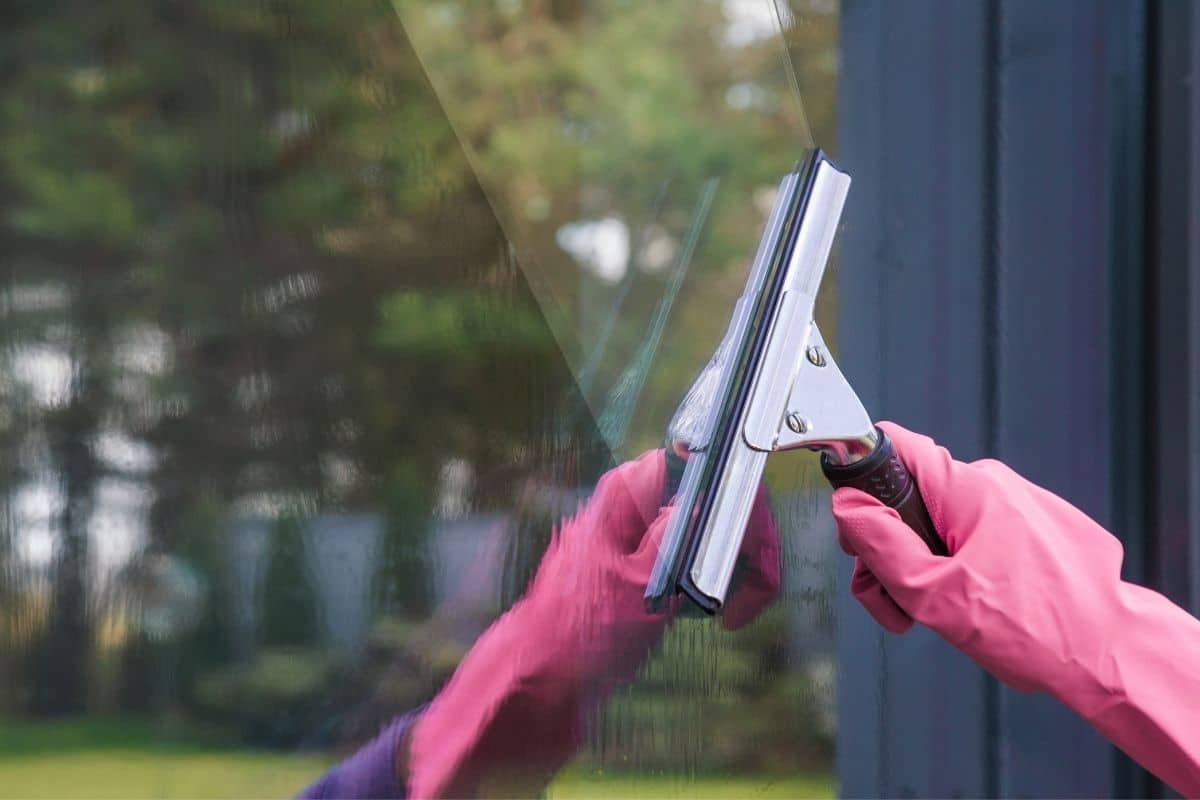

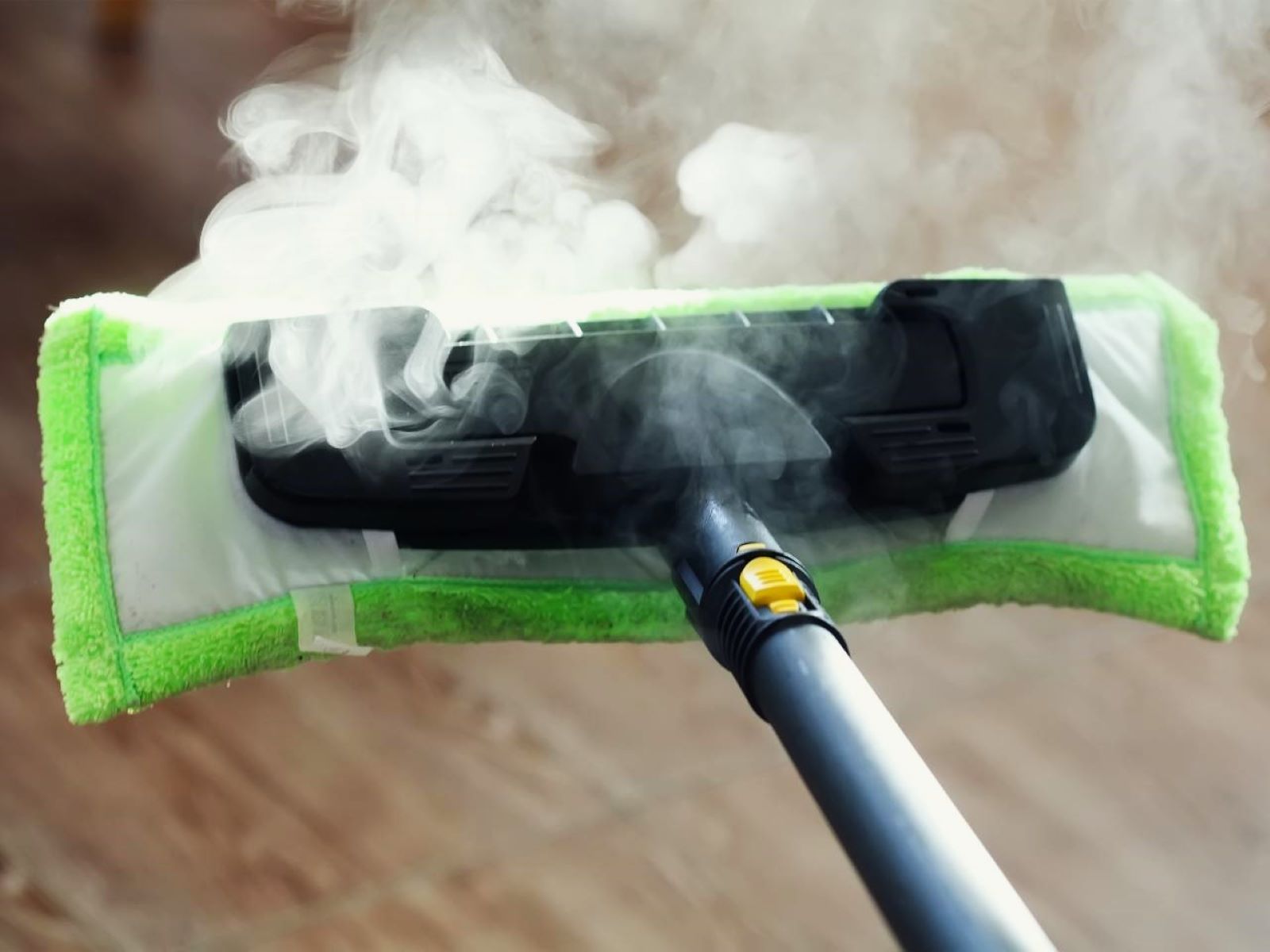

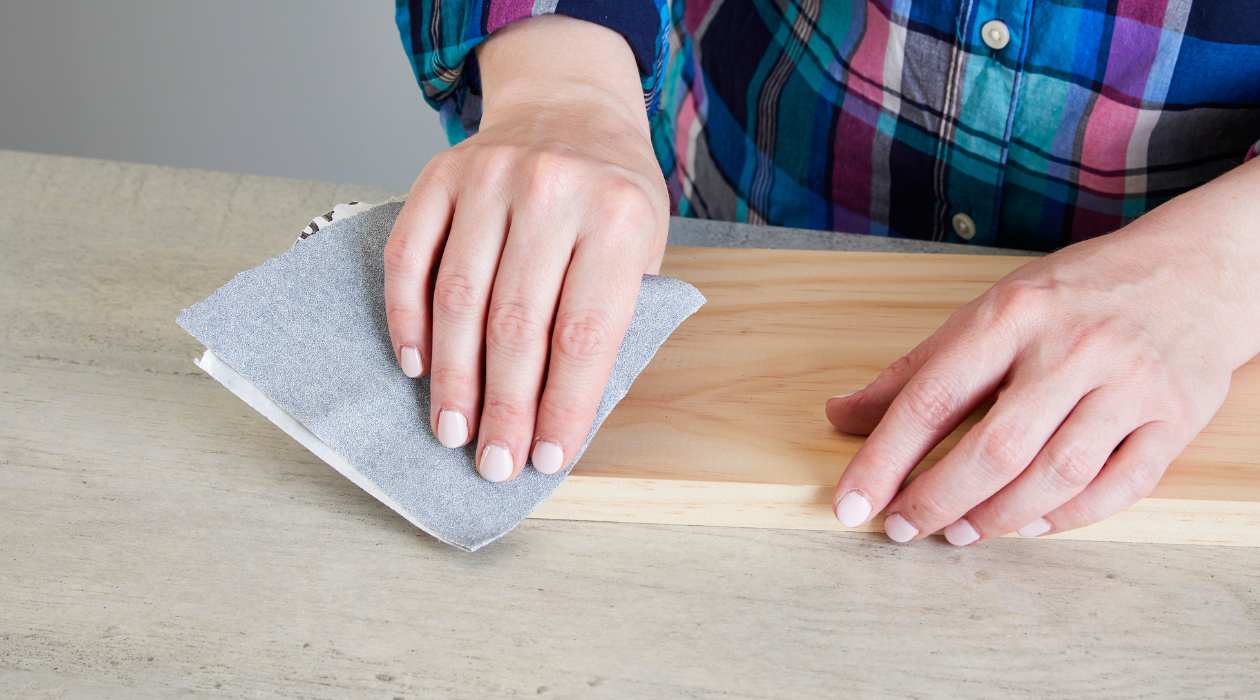
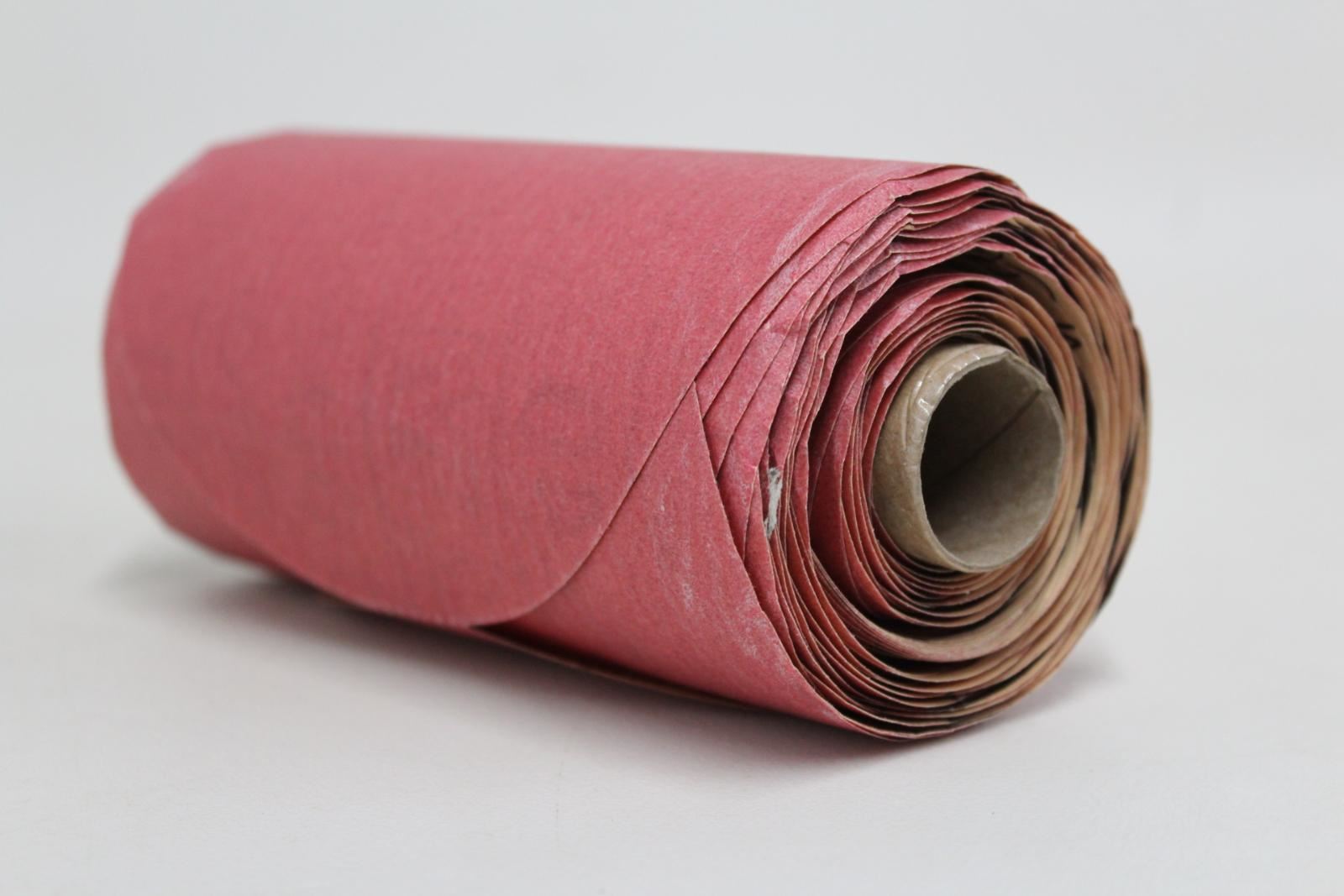

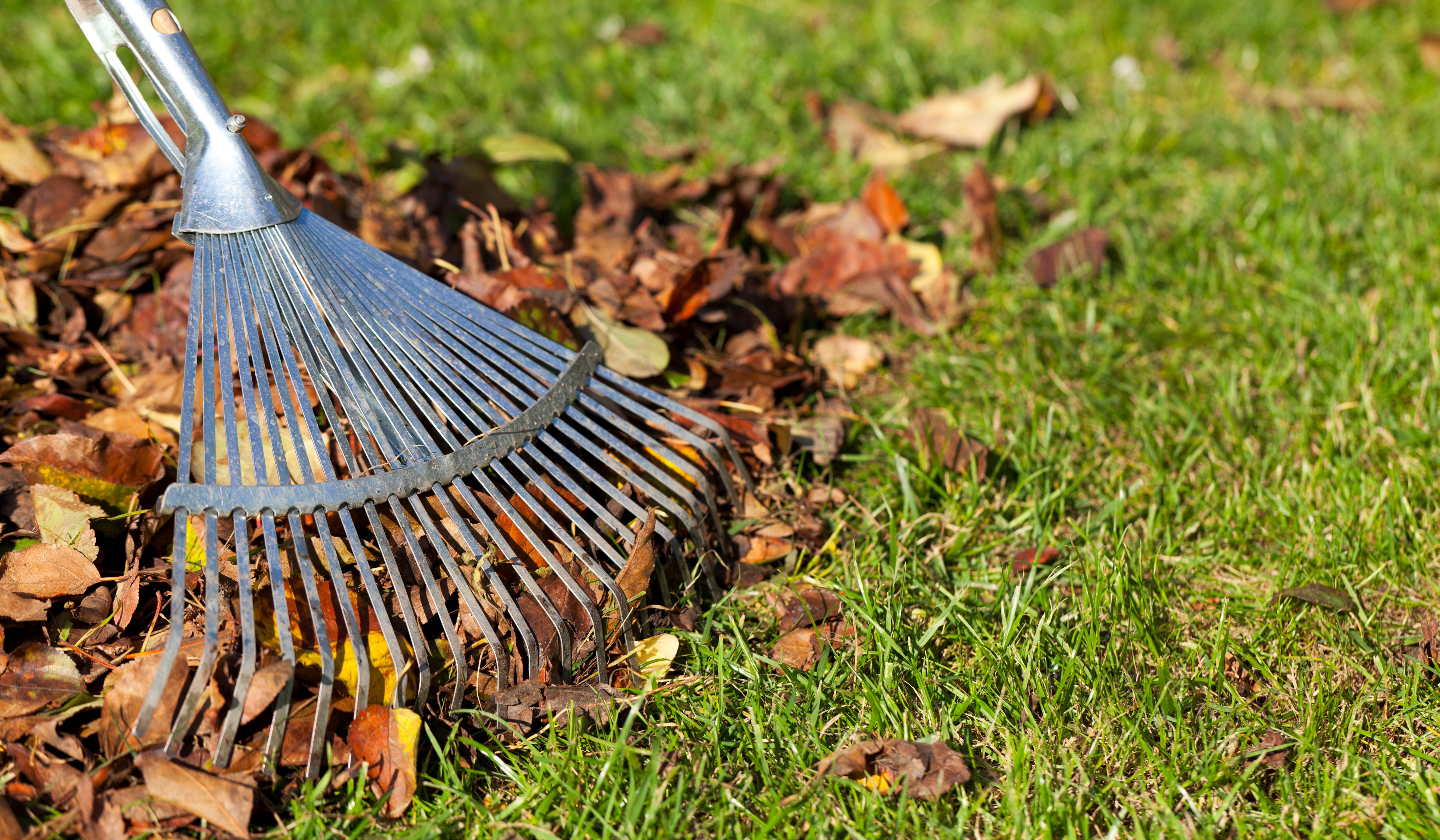
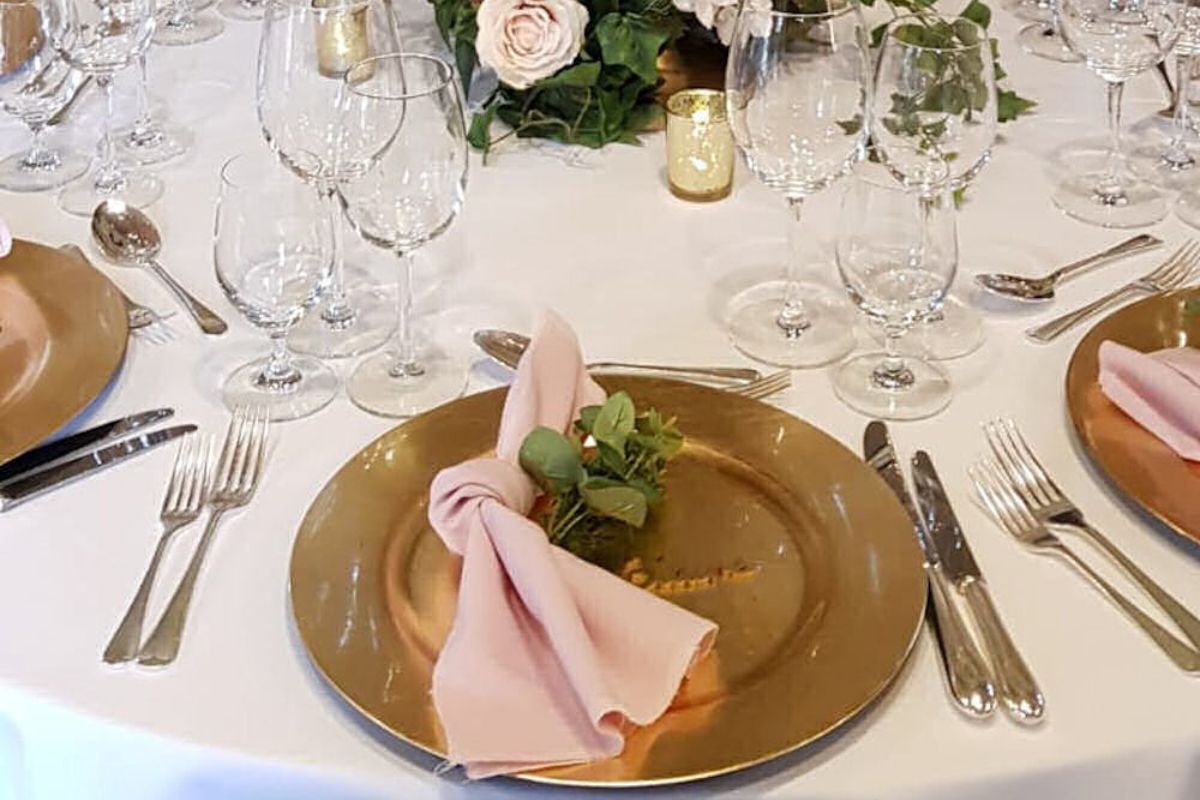
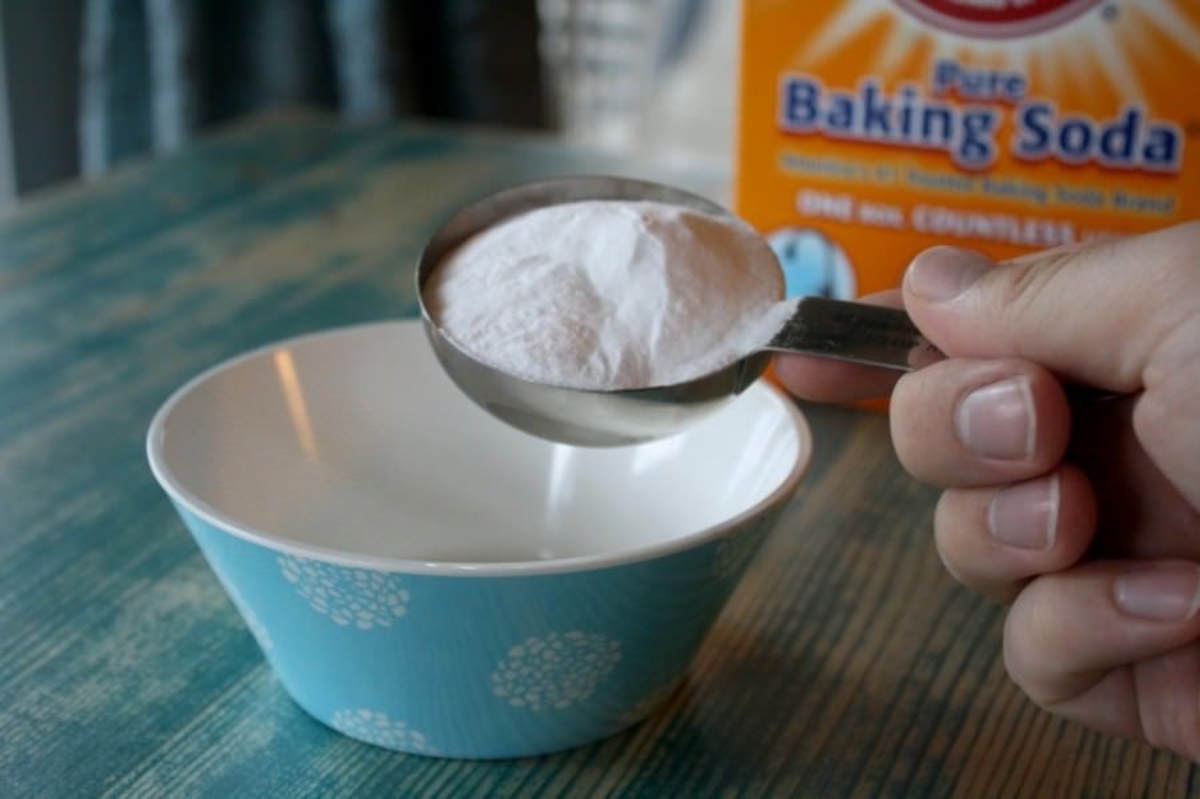


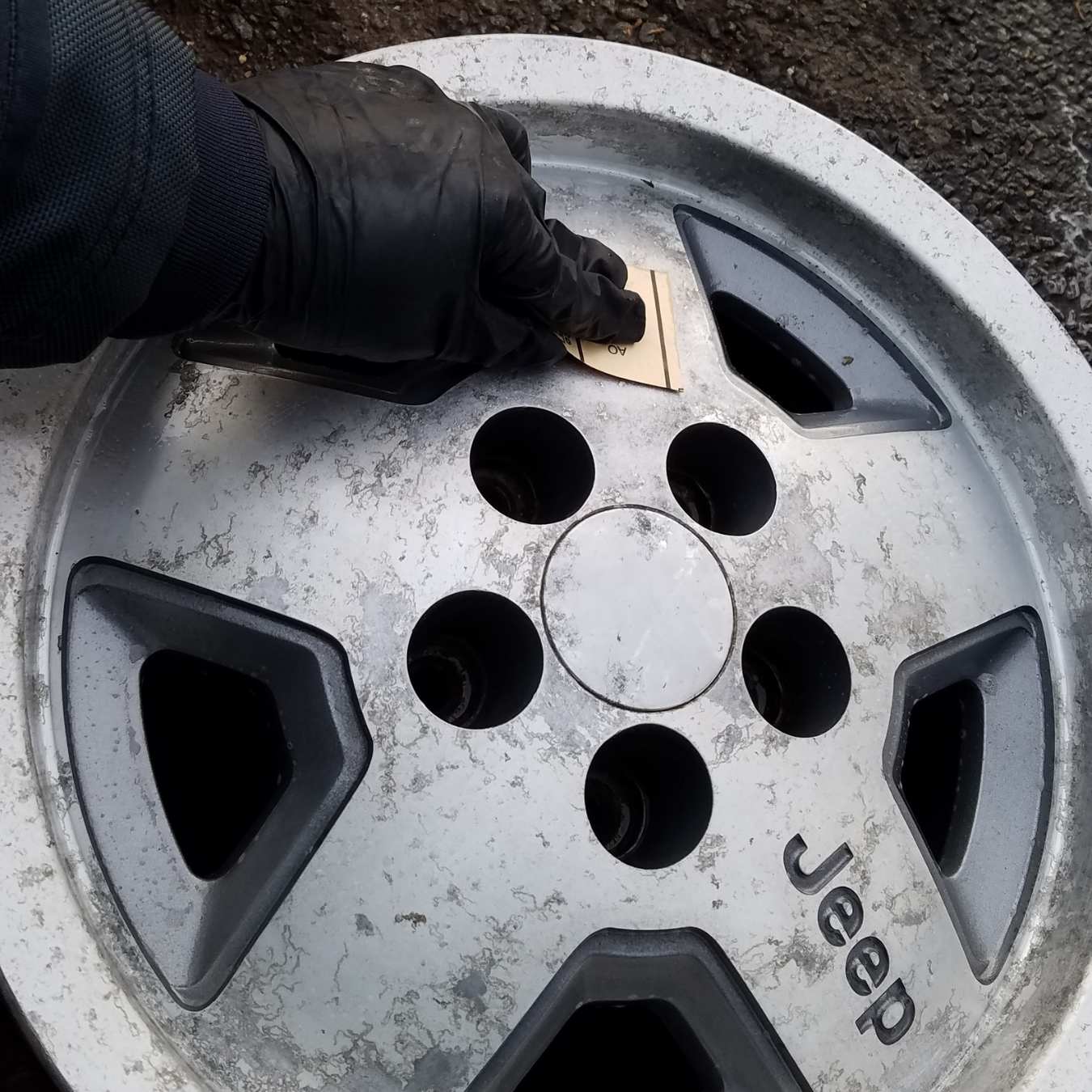


0 thoughts on “What Color Streak Would Real Gold Leave On Sandpaper”